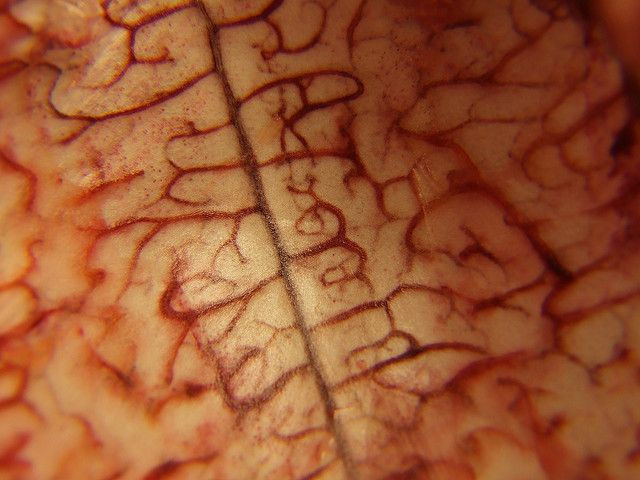Multiple Sclerosis Causes: How Childhood Viral Infections Could Lead To Condition

Viral infections have long been suspected as one of the leading triggers of multiple sclerosis (MS), the most common neurological autoimmune condition among young adults worldwide affecting the central nervous system (CNS).
There is no known cure for multiple sclerosis, and the treatments available only attempt to improve function after an MS attack and prevent new attacks. MS affected some 2.2 million people worldwide in 2016 and is twice more common in women than in men.
It causes problems with movement, balance, muscle weakness and coordination. It also causes double vision, blindness in one eye and trouble with sensation.
While the cause of MS isn’t clear, the underlying mechanism is thought to be either destruction by the immune system or failure of the myelin-producing cells. Myelin is the fatty substance that insulates nerve cell axons to increase the speed at which information, which is encoded as electrical signals, travels from one nerve cell to another in the CNS.
A new study suggests viral infections occurring during childhood might pave the way for MS later in life. It also reveals clues as to what causes MS.
In this study, a team of researchers from the University of Geneva (UNIGE) and the Geneva University Hospitals in Switzerland proposed a new theory that viral infections during childhood might reach the brain and render the development of an autoimmune condition such as MS more likely later in life. They support this theory with evidence from a study of mouse models.
"We asked ourselves whether brain viral infections that could be contracted in early childhood were among the possible causes (of MS)," said study co-author Doron Merkler, an associate professor in the Department of Pathology and Immunology at UNIGE's Faculty of Medicine.
"But these transient infections may, under certain circumstances, leave a local footprint, an inflammatory signature, in the brain.” This "mark" might be a factor in MS said Merkler.
In the current study, the team first induced a transient viral infection in to two groups of mice. One group consisted of adult rodents while the other consisted of very young mice.
"In both cases, the mice showed no signs of the disease and eliminated the infection within a week with a similar anti-viral immune response," said study co-author Karin Steinbach, Ph.D.
They allowed all the mice to age and then transferred “self-reactive cells” to the mice. This type of cell can impact brain structure. Some scientists also believe they contribute to MS.
Mice that had had the viral infection in adulthood did not see self-reactive cells reach the brain. On the other hand, mice that had had a viral infection early in their life developed brain lesions.

In these cases, the self-reactive cells managed to infiltrate the brain and affect it. When the the self-reactive cells entered the brain, they went straight to the area where the viral infection had been present.
In the mice, brain-resident memory T cells produced a molecule that attracted self-reactive cells, which helped them gain access to the brain, causing lesions.
The scientists now want to continue to study the role played by brain-resident memory T cells in the development of autoimmune conditions affecting the brain.
"We are continuing our research in this direction,” said Steinbach. “We particularly want to understand why brain-resident memory T cells accumulate in these discrete spots in a child's brain following infection but not in adulthood."
Published by Medicaldaily.com



























